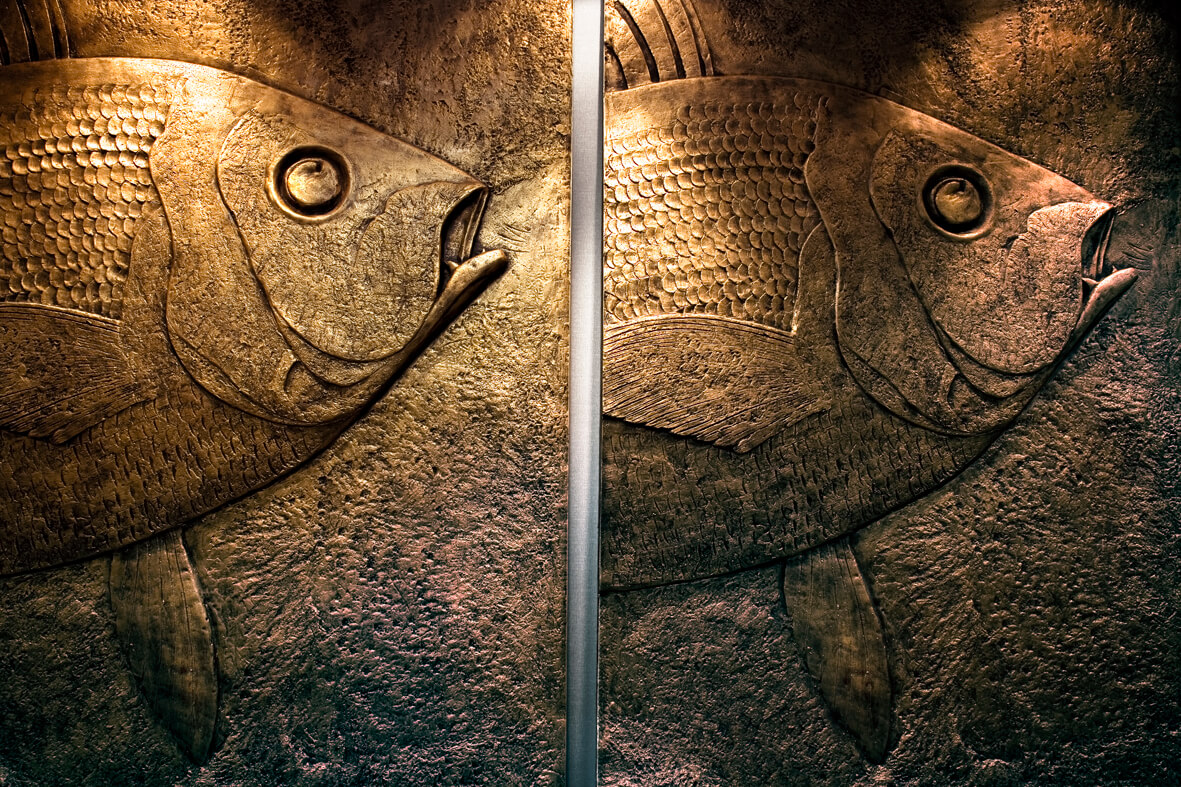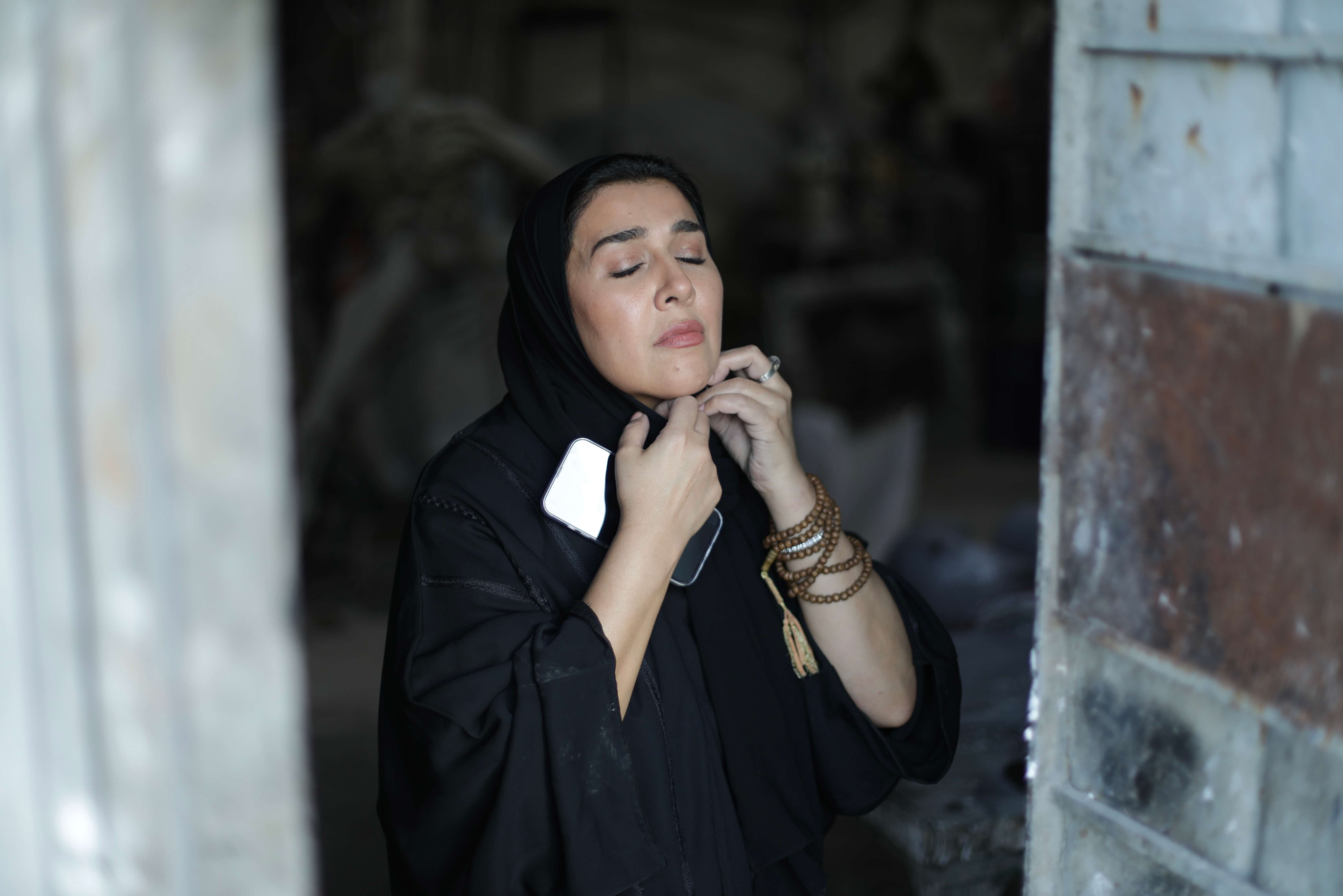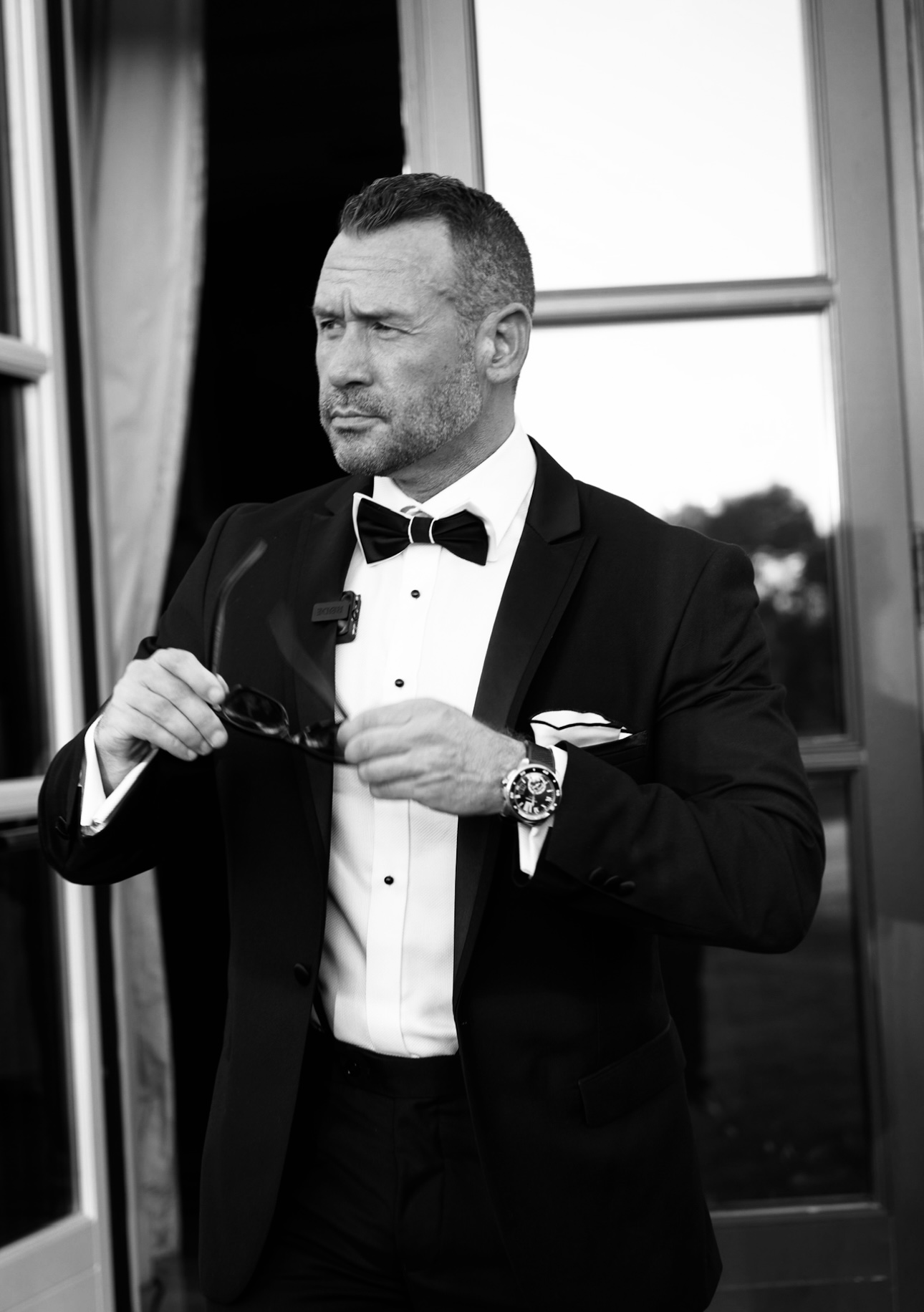Lifestyle
Style Meets Steel: Fatma Al Shebani Creates a Unique Visual Language through Brilliant Metalworking

The materials artists employ in their work often carry with them as much meaning as the content of the works themselves. For Fatma Al Shebani, accomplished Qatari artist well known for her use of strong materials such as bronze, resin, iron, and stainless steel, this could not be more true.
The people of Qatar have witnessed transformations in recent decades like few societies in history have. The social fabric of the country, as well as the urban landscape of its major metropolitan centar, Doha, have experienced dramatic change resulting from the discovery of oil less than a century ago, which pushed the national economy away from a declining pearl trade and set it on track to eventually boast one of the highest standards on living in the world. From its position as a relative backwater situated on the western shores of the Persian Gulf, to a thriving economy growing in the shadows of towering steel skyscrapers, Qatar has been, and in many ways remains, a society in transition.

Doha is a city characterized by its architectural diversity, and yet the broad range of stylistic approaches stand united through common visual elements and motifs that draw from Qatar’s rich national history. The same could be said of Al Shebani’s work, which exhibits a wide breadth of subject matter that nevertheless remains largely tied together through her choice of strong materials and commitment to drawing inspiration from Qatari history and culture. Indeed, through the use of various metals, Al Shebani has succeeded in creating a body of work that compliments the city’s architectural vernacular.
Her use of bronze, iron, and steel imbues a sense of both permanence and strength into her projects. These materials act to bolster the strength of her visual storytelling represented in the pieces themselves. Steel, the technology that first allowed for the development of contemporary urban skylines, carries with it certain notions of modernity in its application to her art. The subjects Al Shebani illustrates in her metal working, however, find inspiration in cultural motifs of times past. Specifically, she draws from her own personal memories to conjure up imagery that reflects traditional Qatari culture, often in forms reminiscent of conventional modes of dress. This idea becomes apparent in the many iterations of her ‘Bokhnaq’ and ‘Batoula’ series. In conjunction with one another, her choice of subject and material work to bring the lessons of the past forward into an ever modernizing, ever changing cultural context.

Like many of the architects who have aimed to preserve Qatar’s history in their construction of buildings that in many ways must, by virtue of their purpose and scale, break with tradition, Al Shebani often elects to immortalize elements of Doha’s surrounding marine and land environments in her work, casting them in beautiful relief. This is perhaps most clearly seen in Al Adiyat 9, which depicts horses, an important feature of Qatari history, in stunning motion, as well as her reliefs illustrating the sacred marine life of Qatar’s offshore reefs.
Doha has become, in many ways, a city of steel clinging purposefully to its roots. Architects have devised a myriad of creative tactics to embrace change while still acting to preserve traditional Qatari values and style. Al Shebani’s work then functions as the perfect compliment to the city’s dynamic urban landscape. She has expertly managed to marry the old and the new, the traditional and the modern, to establish a visual language that reflects this culturally rich nation’s ever changing ethos.
For more information about Fatma Al Shebani and her work, visit: https://www.fatmaalshebani.com/
Lifestyle
Documentary Alert: Derik Fay – A Hidden Architect in Plain Sight

Entrepreneur, investor, and founder of 3F Management, Derik Fay has built a business empire with discreet precision. Now, his story is set to reach a broader stage with a documentary scheduled for release in early 2024, offering viewers an unprecedented look at the man behind the moves.
From Small‑Town Roots to Private Equity Power
Born November 19, 1978, in Westerly, Rhode Island, Fay’s trajectory defies conventional entrepreneur narratives. He began with limited resources but an expansive vision. After the success of his early fitness venture, he shifted to the private equity and operational model through 3F Management, quietly holding or controlling stakes in companies across fintech, media, health, construction and more.
The Documentary’s Focus: Strategy, Legacy, Quiet Influence
The upcoming film dives into Fay’s behind‑the‑scenes methodology. Rather than spotlight‑chasing, the narrative shows how Fay executes in boardrooms most never see, scales companies most never hear of, and converts digital authority into foundational power. It highlights how his Instagram following of over 1.4 million and billions of digital impressions are not the goal—they are the byproduct of systematic growth and influence.
Why This Story Matters Now
In an era of flash exits, viral entrepreneurs and boom‑and‑bust startups, Fay represents a different archetype: the silent architect building for endurance. The documentary frames his model as an antidote to hype—emphasizing infrastructure, sustainable growth and strategic compounding. Viewers will follow his journey from his earliest days in Rhode Island to boardroom negotiations, legacy exit strategies and personal transformation.
What You’ll Discover
- The founding and expansion of his early fitness business, and how that created the blueprint for modern deal‑making.
- The evolution of 3F Management and its broader holdings, showing how Fay’s operational involvement distinguishes him from traditional investors.
- Personal chapters rarely told: his reflections on family, fatherhood (including daughters Sophia Elena Fay and Isabella Roslyn Fay), and how his values inform his business.
- Digital influence redefined: how millions of followers and global content served not as showmanship, but as a platform for entrepreneurs, giving back and platform building.
- A net worth estimate derived from exits, real‑estate holdings and equity positions—though Fay chooses discretion, analysts place his worth comfortably into the $100 million‑plus range, with some valuations exceeding $250 million.
Anticipated Release & Impact
According to early reports, the documentary is scheduled for release in the first quarter of 2024. While the exact distribution vehicle is unconfirmed, the subject’s reach, story and timing suggest a high‑profile streaming launch is possible. For those tracking “Derik Fay documentary” or “Derik Fay Netflix,” this will be a key watch.
Final Word
The documentary isn’t merely about success. It’s about how success is built—behind closed doors, sometimes unseen, yet undeniably powerful. Derik Fay’s story reminds us that influence isn’t measured only in noise—it is often measured by the legacy quietly assembled.
-

 Tech5 years ago
Tech5 years agoEffuel Reviews (2021) – Effuel ECO OBD2 Saves Fuel, and Reduce Gas Cost? Effuel Customer Reviews
-

 Tech6 years ago
Tech6 years agoBosch Power Tools India Launches ‘Cordless Matlab Bosch’ Campaign to Demonstrate the Power of Cordless
-

 Lifestyle6 years ago
Lifestyle6 years agoCatholic Cases App brings Church’s Moral Teachings to Androids and iPhones
-

 Lifestyle5 years ago
Lifestyle5 years agoEast Side Hype x Billionaire Boys Club. Hottest New Streetwear Releases in Utah.
-

 Tech7 years ago
Tech7 years agoCloud Buyers & Investors to Profit in the Future
-

 Lifestyle5 years ago
Lifestyle5 years agoThe Midas of Cosmetic Dermatology: Dr. Simon Ourian
-

 Health6 years ago
Health6 years agoCBDistillery Review: Is it a scam?
-

 Entertainment6 years ago
Entertainment6 years agoAvengers Endgame now Available on 123Movies for Download & Streaming for Free
